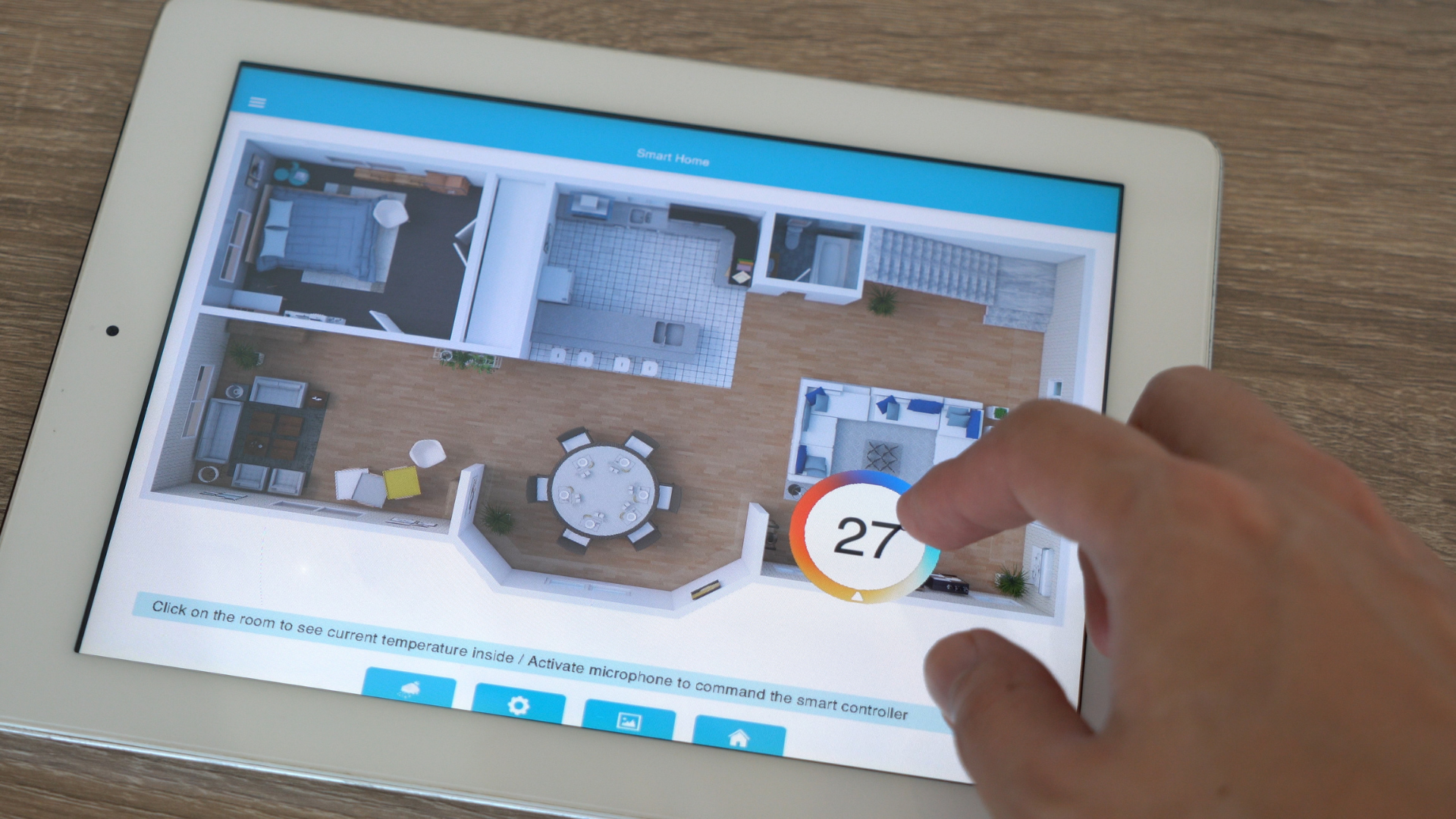A robot equipped with two cameras to identify human facial expressions was used for the first time in a psychology experiment. Researchers asked people to volunteer for an experiment that required them to sit in a room while an unfamiliar person asked them to look at one of two pictures.
Psychologists have long used eye tracking in experimentation. Using the eye tracker, they can see how a person’s gaze moves as they interact with an object. Researchers then use this information to study how the mind works.
Do you want to gather a group of people for a video game or an art project, but one of your group members does not want to participate? One group wants to use robots to gather up unwilling people and bring them to a group gathering.
A Team Working with Robots?
It is hard not to get a little excited when you hear the words “robotics team”, robotics technology is now used in such a wide range of industries that the term has become a catch-all phrase. And robotics teams—at their heart, teams of robots working together—have become increasingly popular in recent years.
When you think of robots, what comes to mind? For many people, robots are machines with arms that can move, legs that can walk, and eyes that can navigate their surroundings. But robots can do much more than move and look. Throughout the years, they have been used in manufacturing, agriculture, research, and the military. Recently, advances in robotics and artificial intelligence (AI) have seen robots taking on jobs previously only seen in human hands, such as driving cars.
The Robot Interacts with Participants?
Researchers have been experimenting with robot toys that can interact with children. However, one recent study has shown that the study’s scientists had underestimated the impact of these robots on children’s ability to establish social bonds. This study shows that even a simple robot, such as a Roomba, can significantly shape children’s social skills. It is important to note that the study’s conclusions do not endorse robots as child-rearing tools, just that they were worth studying.
When most people think of robots, they think of robots in movies. They can be scary. But scientists are working to make robots more human-like and, in fact, more “friendly.” Many of them are friendly robots designed for interaction. They have been programmed to understand our facial expressions and have learned how to respond to them.
The Robot Uses Eye Contact to Prompt Reluctant Participants?
A number of studies have been done in the past few years that have examined the effects of eye contact in therapeutic settings with successfully recovering individuals. The results have been overwhelmingly in favor of it. The studies have found that eye contact with a therapist results in increased trust between participant and therapist, resulting in improved treatment outcomes.
In a recent study, researchers sought to determine the effects of eye contact with a robot on recovering individuals. The robot was programmed with different facial expressions and gazes, and participants were asked to complete a series of exercises while viewing the robot’s different images. Researchers found that the participants who viewed the robot using eye contact recovered more successfully than those who viewed it with avoided eye contact.
Is the Robot Programmed to Make Eye Contact?
Robotic technology is rapidly advancing. Engineers are creating robots that can do jobs previously done by humans. There are robots that can play music, dance, and even talk. And now, engineers are working on robots that can actually make eye contact.
The talk kicked off a torrent of speculation about whether robots would eventually be able to make human eye contact. After watching the talk, many people wondered if they would see such a moment in their lifetime. Six years later, scientists still struggle to figure out why eye contact is so important.
We have all met people who are good at talking to strangers but tend to shy away from groups. These shy individuals may be uncomfortable in social situations or avoid participating in group activities because they don’t like large group settings.
Robots can now replace humans in the labor force, thus giving robots more chances to interact with people, especially children. Children have a habit of passivity; their shyness and lack of experience might make robots more interesting. What is more, robots with human-like behaviors will make children more interested in robots and the science behind them in general.





